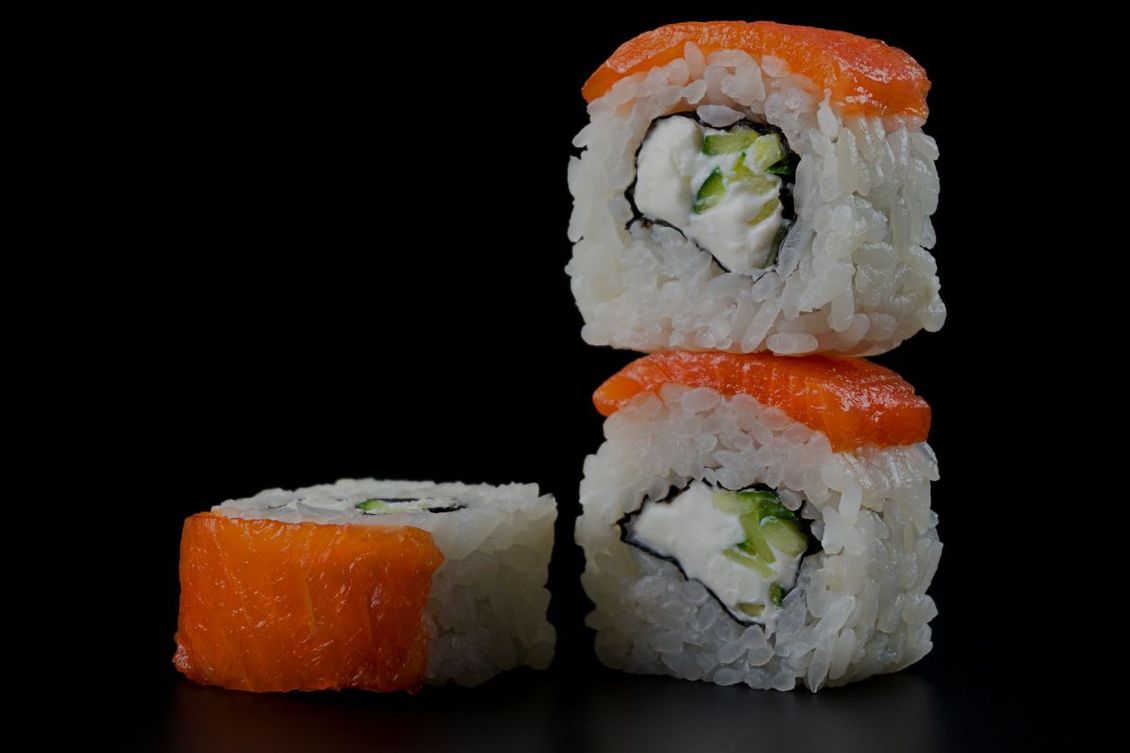
Culture and food go together like honey and lemon. And just as filmmakers hide Easter eggs in movies, food hides clues too – subtle details that reveal pieces of history.
Food in Saudi Arabia is no exception. So, to celebrate InFlavour’s location here in KSA, we thought we’d tell a little bit of the nation’s story through its rich culinary culture.
In the 18th century, the founder of the state, Imam Mohammed bin Saud, led Saudi Arabia through huge shifts in education and economy. But while minds were busy with transformation, the food remained relatively simple.
Popular dishes included:
A traditional food specialist called Noura Al-Hamidi told Arab News, “The Saudi diet mainly focused on what people’s farms produced. If they produced wheat, then they consumed wheat. If they produced dates, they ate dates. The main focus of the meal would be whatever was most available in people’s environment.”
This use of whatever was available was also reflected in cooking methods – the millstones used to crush wheat for jreesh were a common household item and were often shared between neighbours, for example.
Al-Hamidi also noted that communities would come together to cook the best food they could. If someone was known for being really good at cooking a particular dish, they’d make that; while her neighbour would cook the jreesh, and someone else would make the qursan.
Cooking wasn’t just a functional process. It also solidified relationships with communities, and created interdependent bonds.
It’s easy to romanticise the simplicity and community-focused food of the past. But the ingredients and cooking tools available to Saudis in the 18th century were limited, and so (like elsewhere in the world) diets were limited too.
Today, Saudi Arabia is collaborating with the rest of the globe more and more – with trade partnerships, an increase in tourism, and initiatives to drive innovation and investment.
And that’s reflected in Saudi food: varied and delicious ingredients, spices, and techniques imported from international knowledge-sharing. But the food culture retains its history in unique local flavours.
Food still plays a central role in communities in Saudi Arabia. Cooking and eating together builds relationships here, just like it does all over the world.
Which is exactly why top local and international chefs will cook live at InFlavour 2023. Come and share food with us – and you’ll instantly be a part of the global food community.
Have you been to Riyadh? We’d love to know your favourite local dishes.
Take your seat at the InFlavour table, a government-backed and world-leading B2B food event by Tahaluf.
E-mail address SubmitWant to keep up to date with all our latest news and information? Enter your name below to be added to our mailing list.
E-mail address Submit